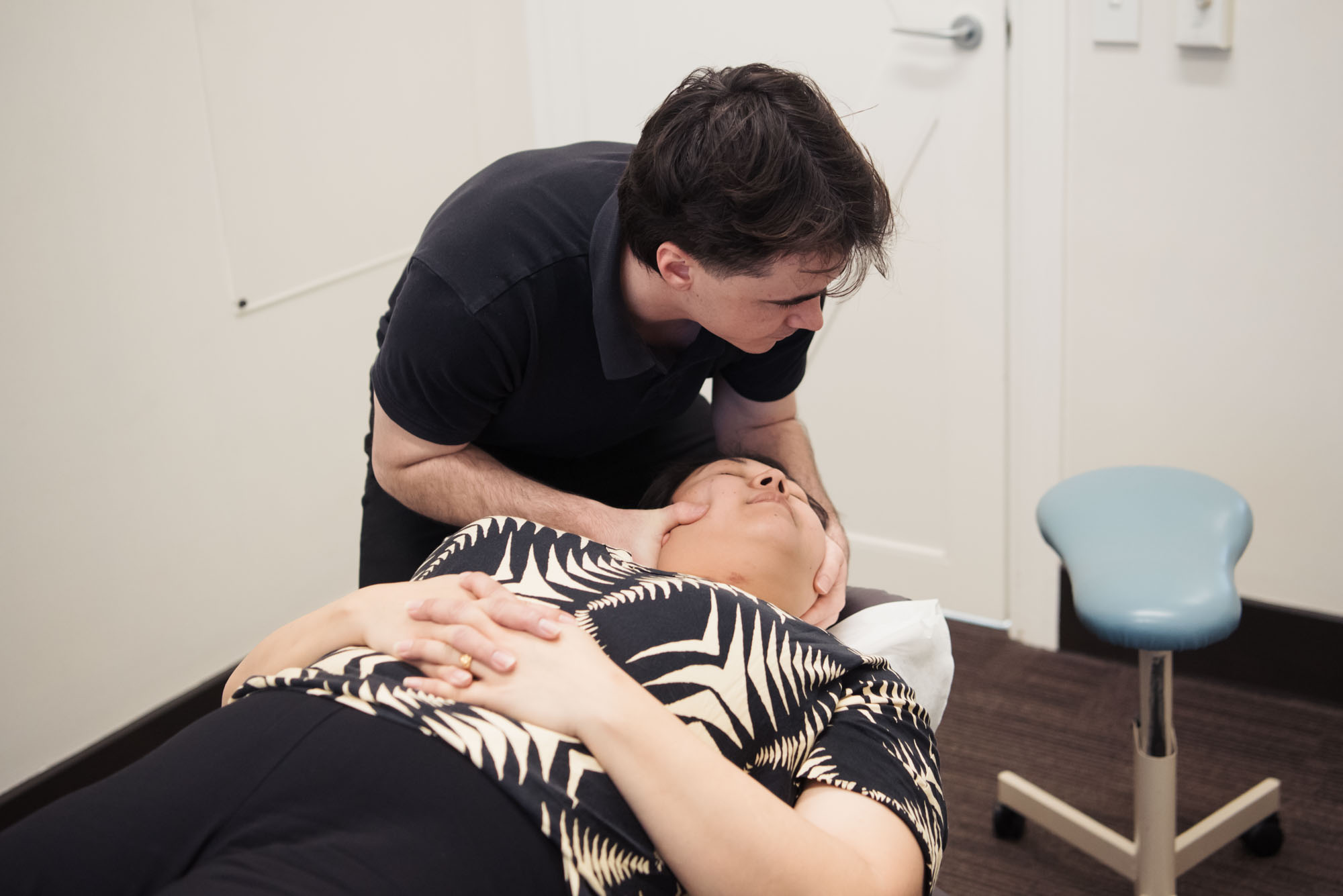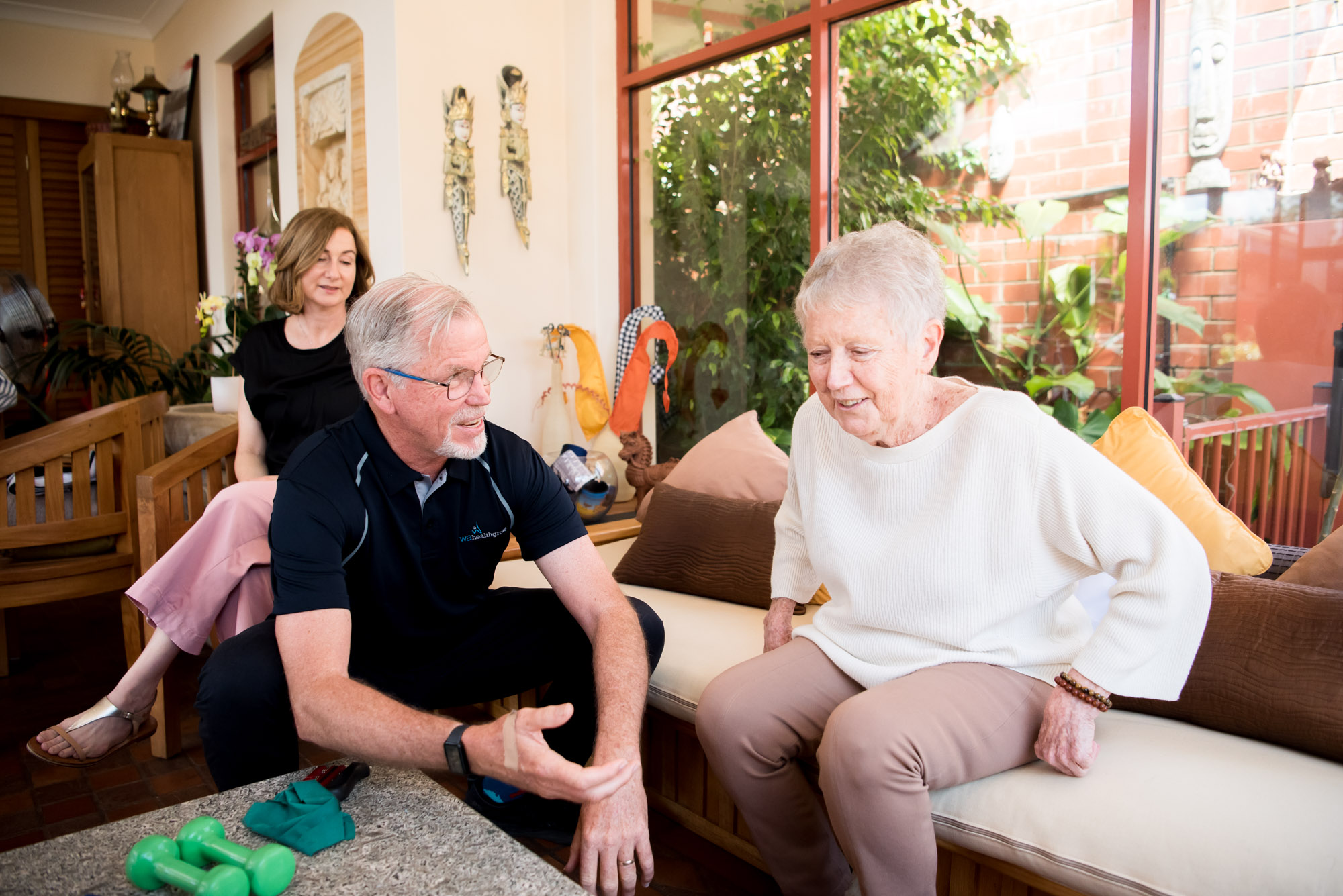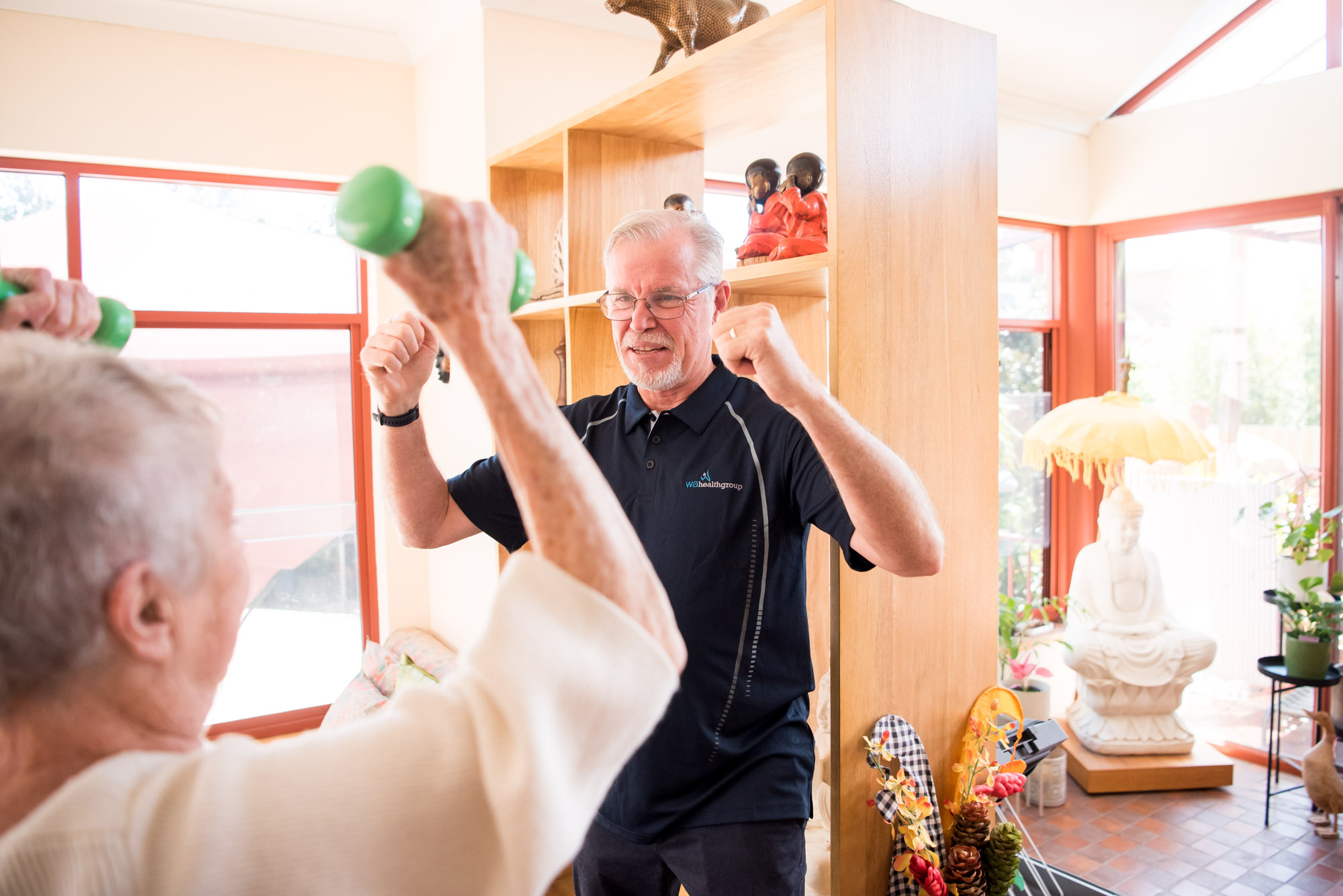Low back pain affects millions globally, often stemming from factors like muscle strain, poor posture, or underlying conditions. While daytime habits are commonly addressed, the impact of sleep posture on back pain is frequently overlooked. This blog explores how different sleeping positions can either alleviate or exacerbate low back discomfort, offering insights into the best and worst postures for spinal health.
Table of Content
What Is The Best Sleep Posture for Side Sleepers?
What Is The Best Sleep Posture for Back Sleepers?
The Worst Sleep Position for Low Back Pain: Stomach Sleeping
Extra Tips for Better Sleep & Back Pain Relief
Still, Struggling with Back Pain?
Introduction
Low back pain affects millions of people worldwide and can be caused by a variety of factors, including muscle strain, poor posture, inactivity, and underlying medical conditions. While many people focus on daytime habits to manage back pain, one crucial factor is often overlooked—sleep posture.
Good sleep is essential for your body to heal and regenerate, but if you're sleeping in a position that strains your spine, muscles, or joints, it could be making your pain worse.
Sleep posture is highly individualised—some people prefer sleeping on their back, while others are side or stomach sleepers. If you’re struggling with low back pain, the key is to find a position that alleviates discomfort and avoid positions that aggravate it.
So, what is the worst sleep position for low back pain? And what are the best alternatives? Let’s break it down.
What Is The Best Sleep Posture for Side Sleepers?

If you’re a side sleeper, you’re in luck! Side sleeping is one of the best positions for reducing low back pain because it helps keep the spine in a natural alignment.
How to Sleep on Your Side Without Back Pain?
- Lie on the side that feels most comfortable for you.
- Place a firm pillow between your knees—this prevents the pelvis from twisting and stops unwanted strain on the lower back.
- Use a supportive pillow for your head—make sure it’s at the correct height to keep your neck and spine aligned.
💡 Bonus Benefit: Side sleeping can also help reduce snoring and improve breathing.
What Is The Best Sleep Posture for Back Sleepers?

Back sleeping is another great option for managing lower back pain, as it helps distribute weight evenly and reduces pressure on the spine.
How to Sleep on Your Back Without Pain?
- Lie flat on your back with your spine in a neutral position.
- Use a thin or medium-height pillow—a pillow that’s too high can put your neck into an uncomfortable flexion position.
- Place a pillow under the back of your knees—this helps maintain the natural curve of the spine and reduces tension in the lower back.
One downside of this position? Back sleeping can sometimes worsen snoring, especially if you suffer from sleep apnea.
The Worst Sleep Position for Low Back Pain: Stomach Sleeping

If you’re a stomach sleeper, it might be time to rethink your sleep posture. This position is considered one of the worst for back pain because:
- It puts stress on the neck, shoulders, and lower back, causing discomfort.
- Twisting your neck to the side for breathing creates unwanted tension in the spine.
- Keeping arms under the head or pillow increases strain on the shoulders and can close off the joint space.
- Sleeping on your stomach flattens the natural lumbar curve, leading to excessive pressure on the lower back.
How to Stop Sleeping on Your Stomach?
- Use pillows as a barricade to prevent rolling onto your stomach.
- Be patient! Changing sleep habits takes time, but it can significantly reduce back pain.
- If you can’t break the habit, use a thin pillow under your head and place another pillow under your pelvis or legs to help maintain some spinal support.
Extra Tips for Better Sleep & Back Pain Relief
✅ Use a firm mattress—a sagging mattress can worsen back pain.
✅ Replace your mattress every 8-10 years and pillows every 1-2 years.
✅ Minimize screen time before bed to improve sleep quality.
✅ Reduce noise and light in your bedroom for a better night’s rest.
✅ Stick to a consistent bedtime routine—your spine will thank you!
Still, Struggling with Back Pain? We Can Help!

While improving your sleep posture can make a difference, it may not completely eliminate your pain. If you're still experiencing discomfort, come and see me at Burswood Health, part of WA Health Group.
I can assess your spinal health, posture, and movement patterns to create a personalised treatment plan that helps you sleep better and feel better.





